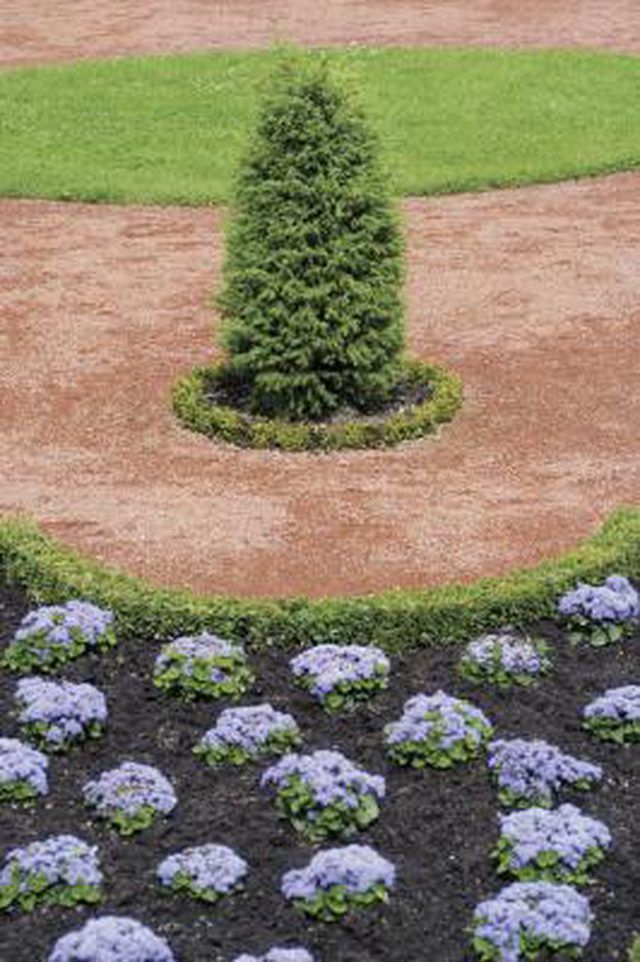Bulbs
Flower Basics
Flower Beds & Specialty Gardens
Flower Garden
Garden Furniture
Garden Gnomes
Garden Seeds
Garden Sheds
Garden Statues
Garden Tools & Supplies
Gardening Basics
Green & Organic
Groundcovers & Vines
Growing Annuals
Growing Basil
Growing Beans
Growing Berries
Growing Blueberries
Growing Cactus
Growing Corn
Growing Cotton
Growing Edibles
Growing Flowers
Growing Garlic
Growing Grapes
Growing Grass
Growing Herbs
Growing Jasmine
Growing Mint
Growing Mushrooms
Orchids
Growing Peanuts
Growing Perennials
Growing Plants
Growing Rosemary
Growing Roses
Growing Strawberries
Growing Sunflowers
Growing Thyme
Growing Tomatoes
Growing Tulips
Growing Vegetables
Herb Basics
Herb Garden
Indoor Growing
Landscaping Basics
Landscaping Patios
Landscaping Plants
Landscaping Shrubs
Landscaping Trees
Landscaping Walks & Pathways
Lawn Basics
Lawn Maintenance
Lawn Mowers
Lawn Ornaments
Lawn Planting
Lawn Tools
Outdoor Growing
Overall Landscape Planning
Pests, Weeds & Problems
Plant Basics
Rock Garden
Rose Garden
Shrubs
Soil
Specialty Gardens
Trees
Vegetable Garden
Yard Maintenance
How to Grow Emerald Green Arborvitae in Pots
How to Grow Emerald Green Arborvitae in Pots. Emerald Green American arborvitae or white cedar, also known as Smaragd, can reach a mature height of 15 feet when growing in the ground. You can grow it in a container, however, and keep it small with regular spring pruning. With its easily manageable size, this white cedar hybrid is well-suited to...

Emerald Green American arborvitae or white cedar, also known as Smaragd, can reach a mature height of 15 feet when growing in the ground. You can grow it in a container, however, and keep it small with regular spring pruning. With its easily manageable size, this white cedar hybrid is well-suited to growing in a container on a deck, porch or even an apartment balcony.
Things You'll Need
Soil-based potting mix
Soil pH test kit
Dolomitic limestone
1/2-inch mesh hardware cloth
Water
Spray bottle
Humidity tray
Select a pot with a width or height that is 2/3 the height of the shrub and that has drainage holes in the bottom. Good drainage is very important to this shrub. Use a plastic or ceramic container when underwatering is likely to be a problem; both will keep the soil moist longer. Use a clay container when overwatering is possible; clay is porous and allows moisture to evaporate more quickly.
Fill the pot with a commercial soil-based potting mix or create your own by combining 1 part sterilized loam soil, 1 part sphagnum peat moss and 1 part coarse builder’s sand, perlite or vermiculite. Do not use garden soil.
Test the soil pH with a soil pH test kit. Emerald Green is tolerant of a wide range in soil pH, from acidic to alkaline, however, you'll want to maintain the pH between 6.0 and 7.0 to ensure good nutrient uptake. Add dolomitic limestone to your soil mix, according to the package instructions, if the pH is below 6.0. Sift the soil mix through 1/2-inch mesh hardware cloth to remove large clumps.
Moisten the soil mix before planting the Emerald Green shrub, and again after planting, to help settle the soil around the roots. Continue to water the plant in the morning, once or twice per week as necessary, to maintain slightly moist soil. Do not water it so much that the soil becomes muddy. Mist the shrub often to maintain a more humid environment or place it over a humidity tray.
Place the shrub in a sunny to partially shady location. Direct morning and evening sunshine with mid-day shade is ideal in hot climates. Set the shrub where it will receive six to eight hours of direct sunlight throughout the day in cooler climates.
Bring Emerald Green in the house in autumn in cold winter climates or place it in a garage or other sheltered location. While this shrub is hardy enough to withstand winter temperatures down to -40 degrees F. when growing in the ground, it will need warmer temperatures and protection when growing in a container. Allow the top of the soil to dry slightly between waterings in the winter.
Re-pot your Emerald Green arborvitae every 2 to 3 years. Increase the size of the container, if necessary, to maintain the 2/3 pot size-to-plant height ratio. Replace the old soil with new soil every 3 years or so, even if the shrub does not need a larger container.